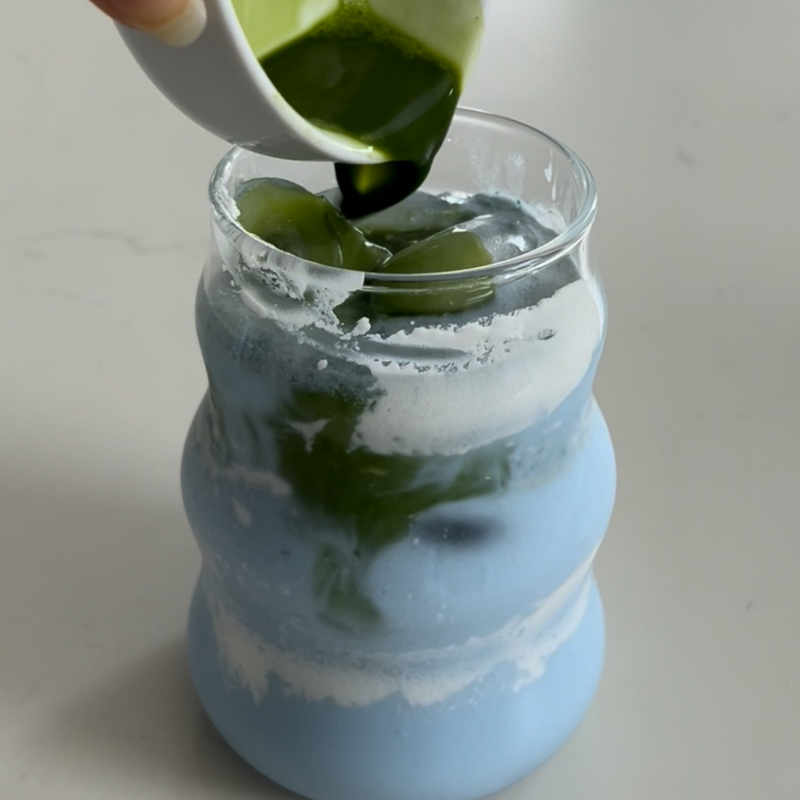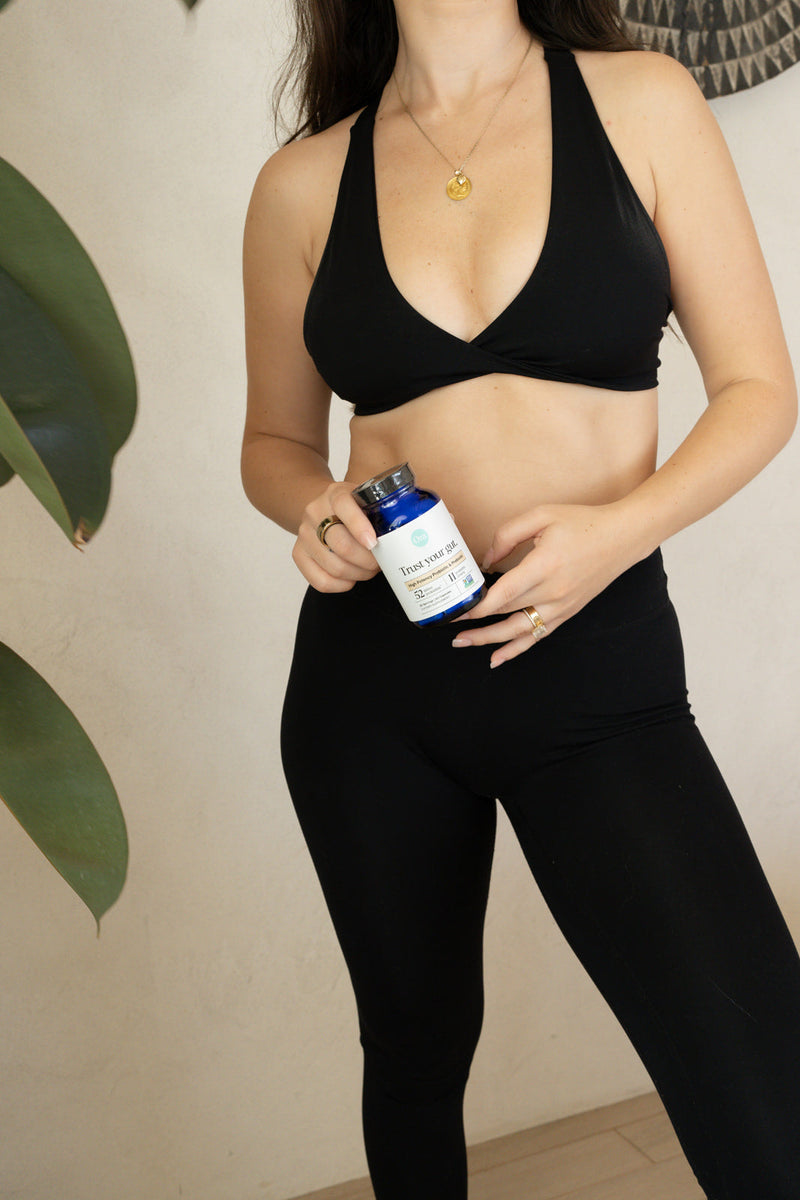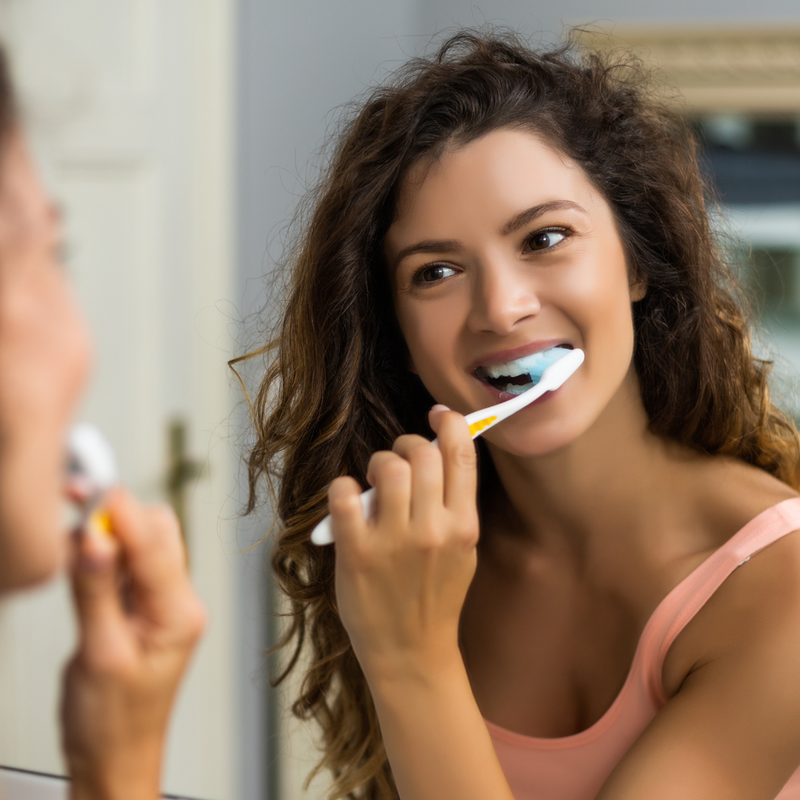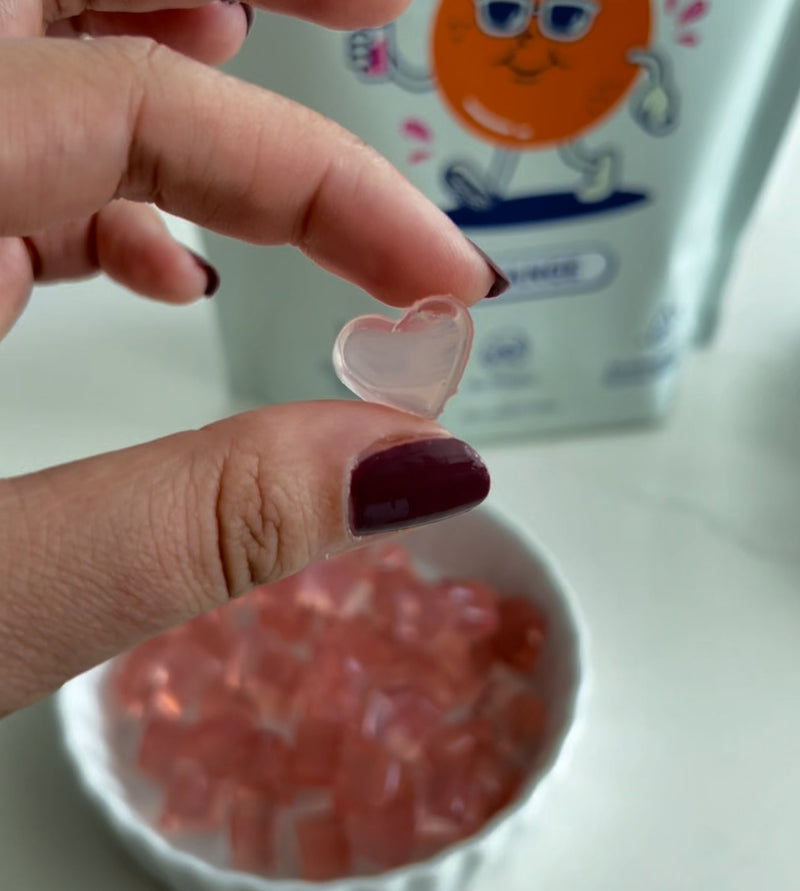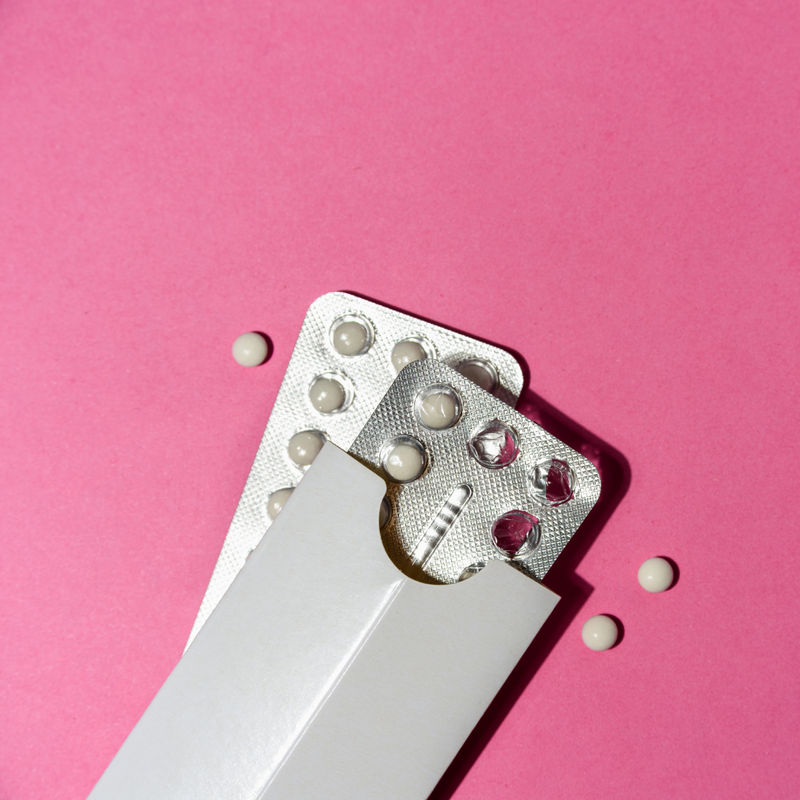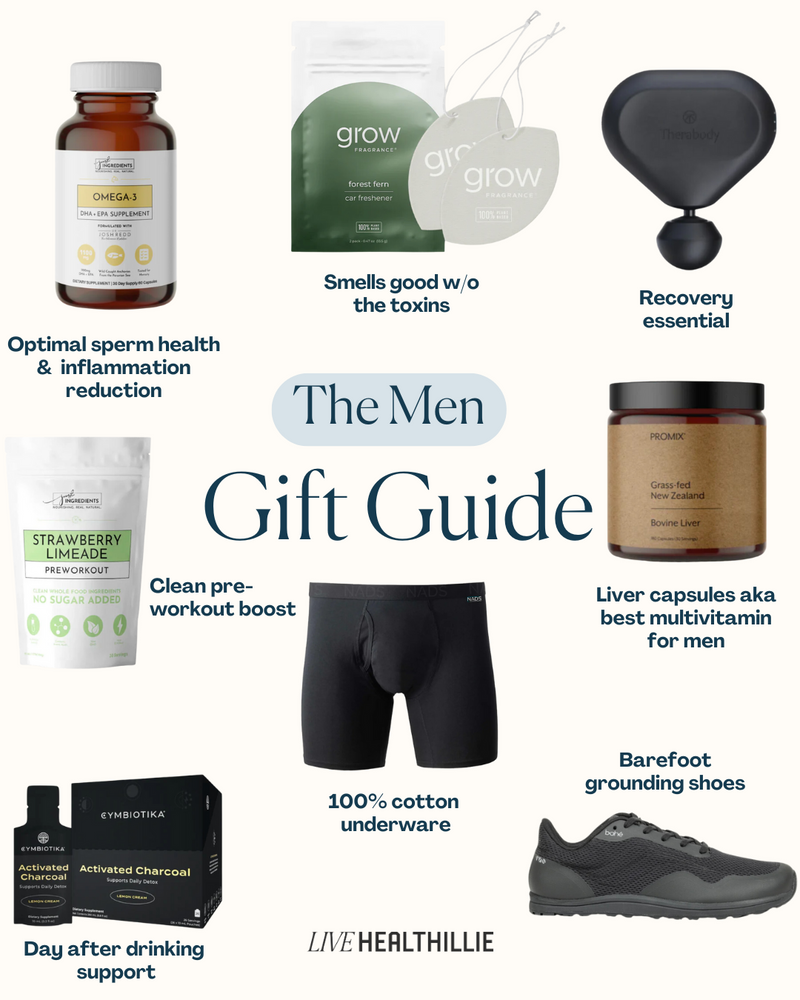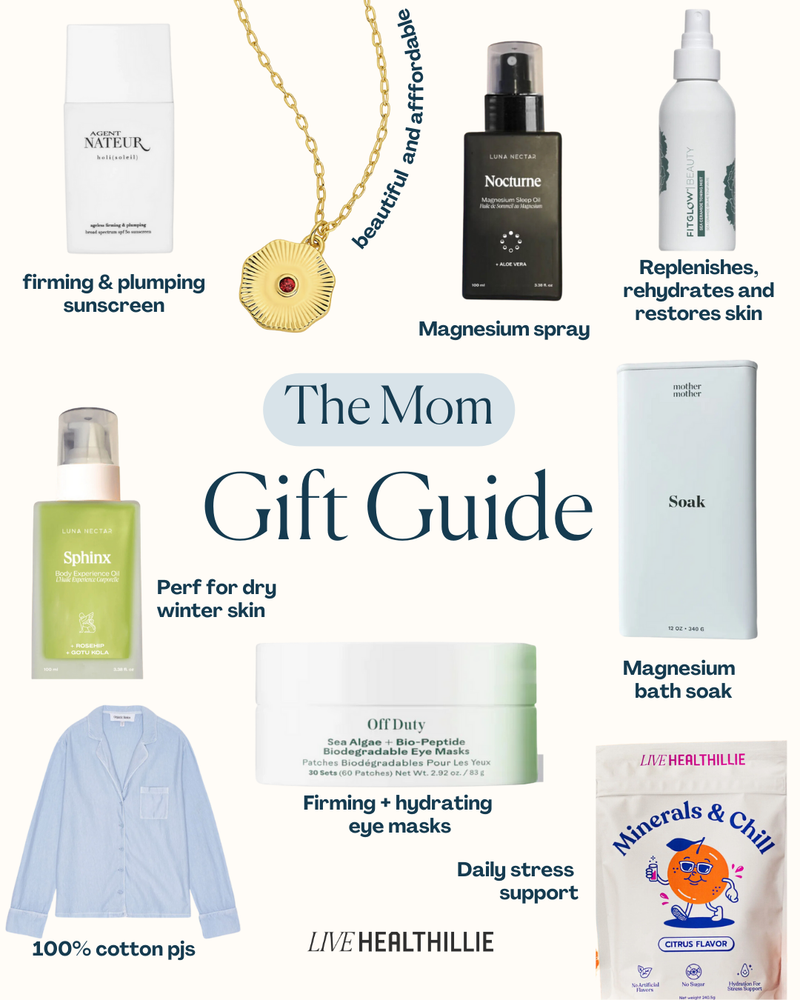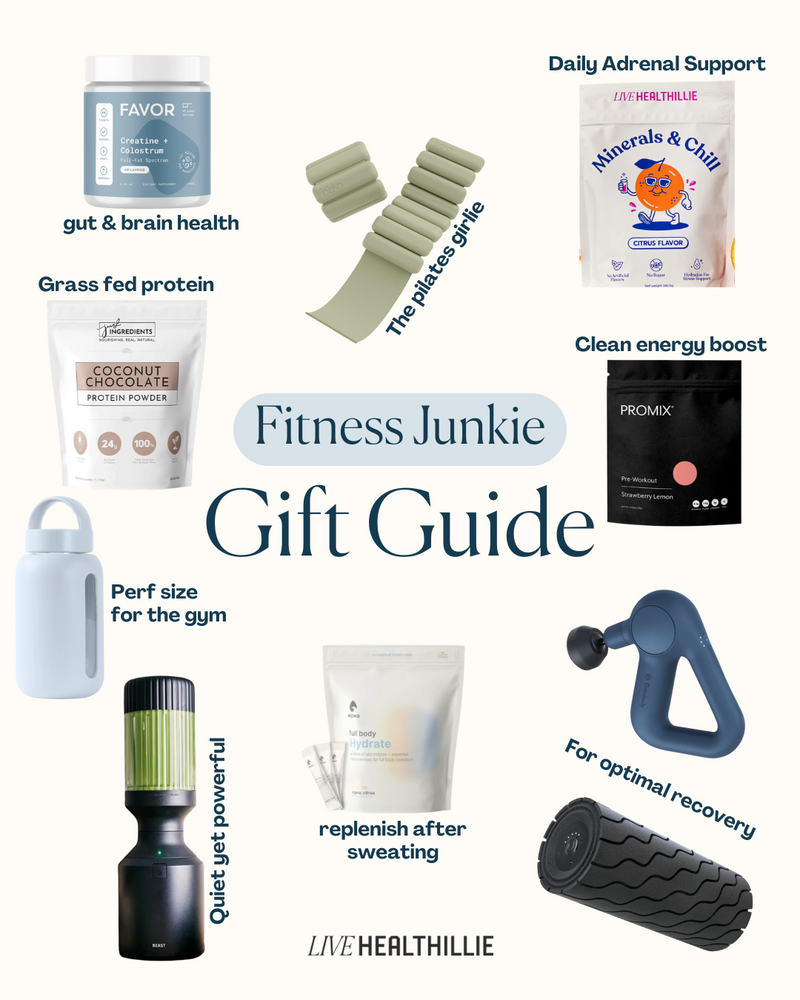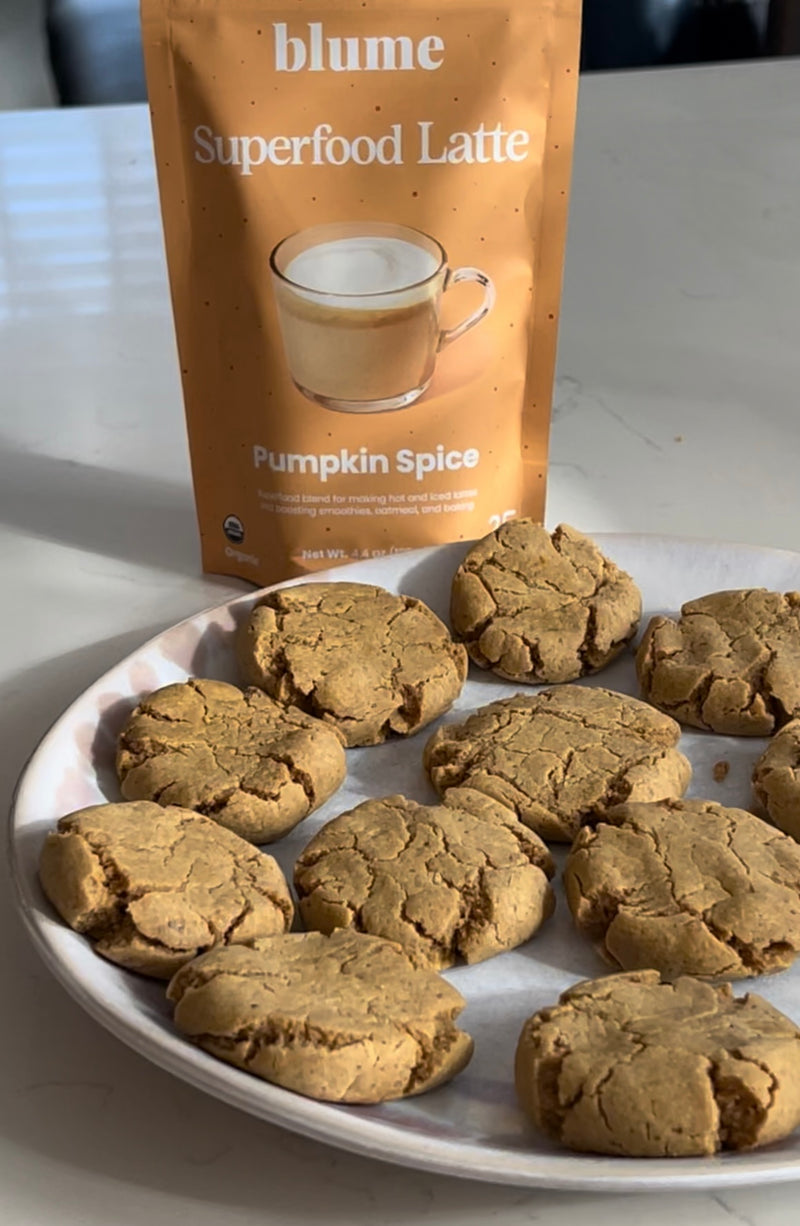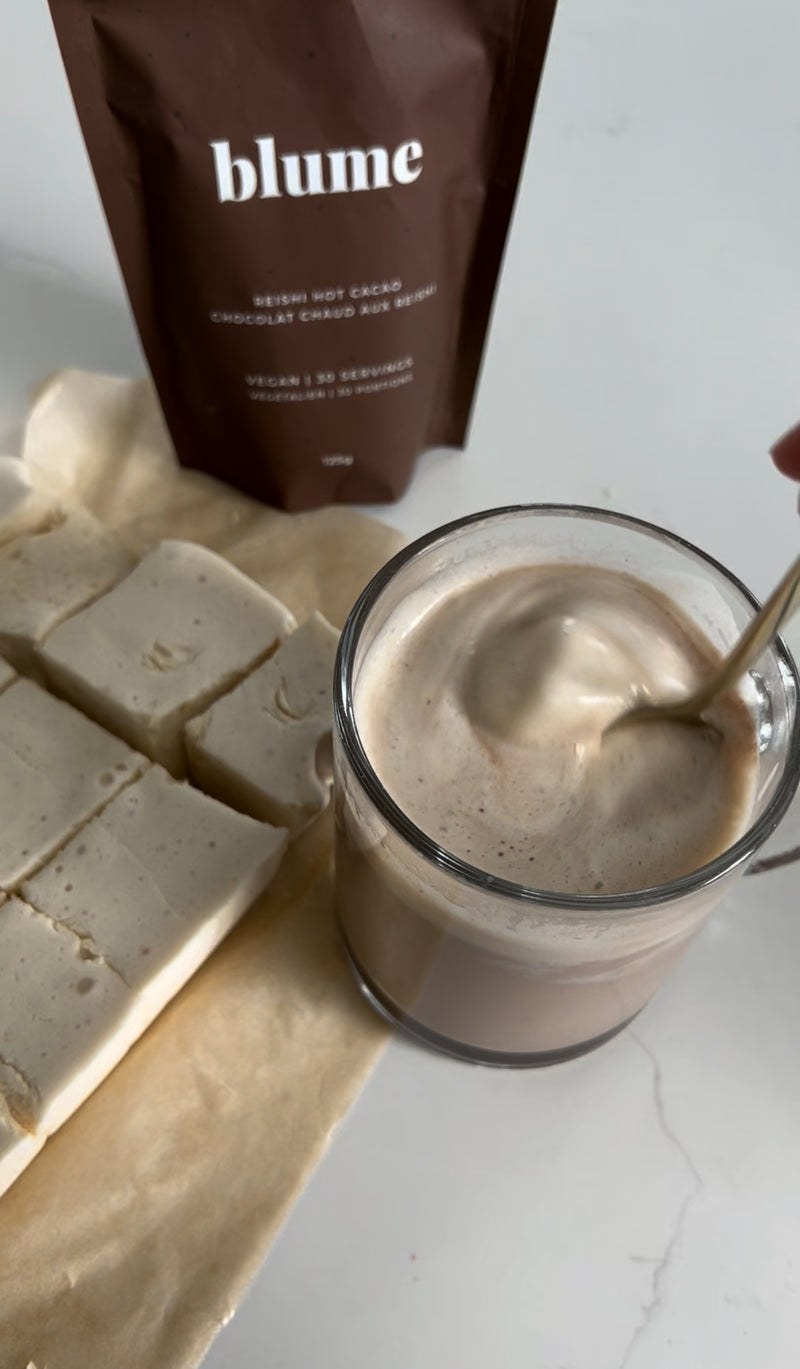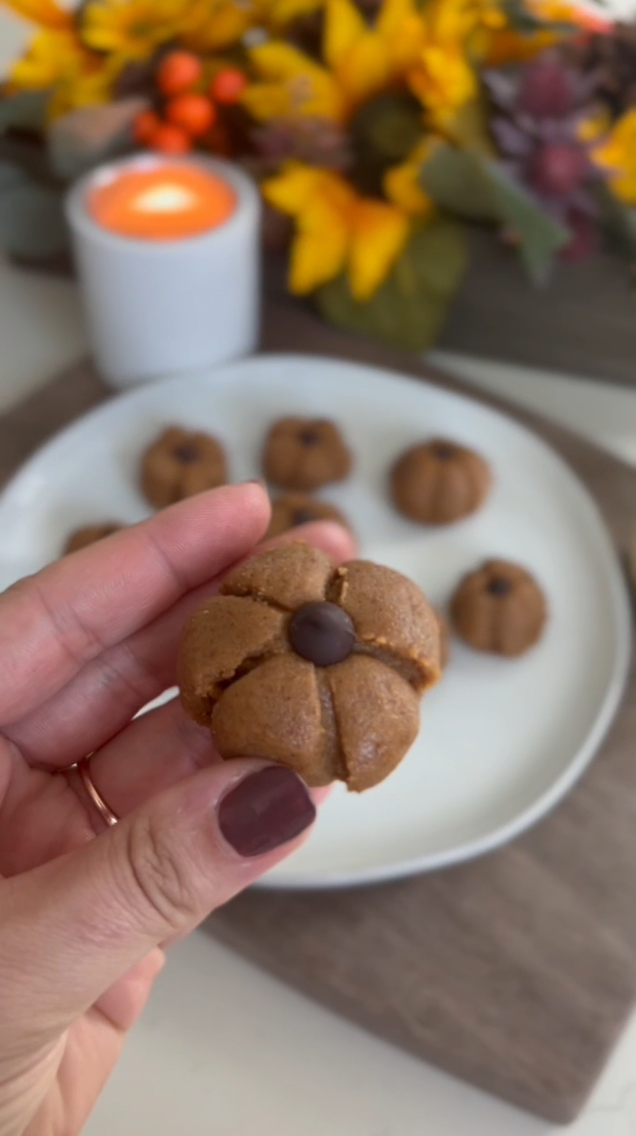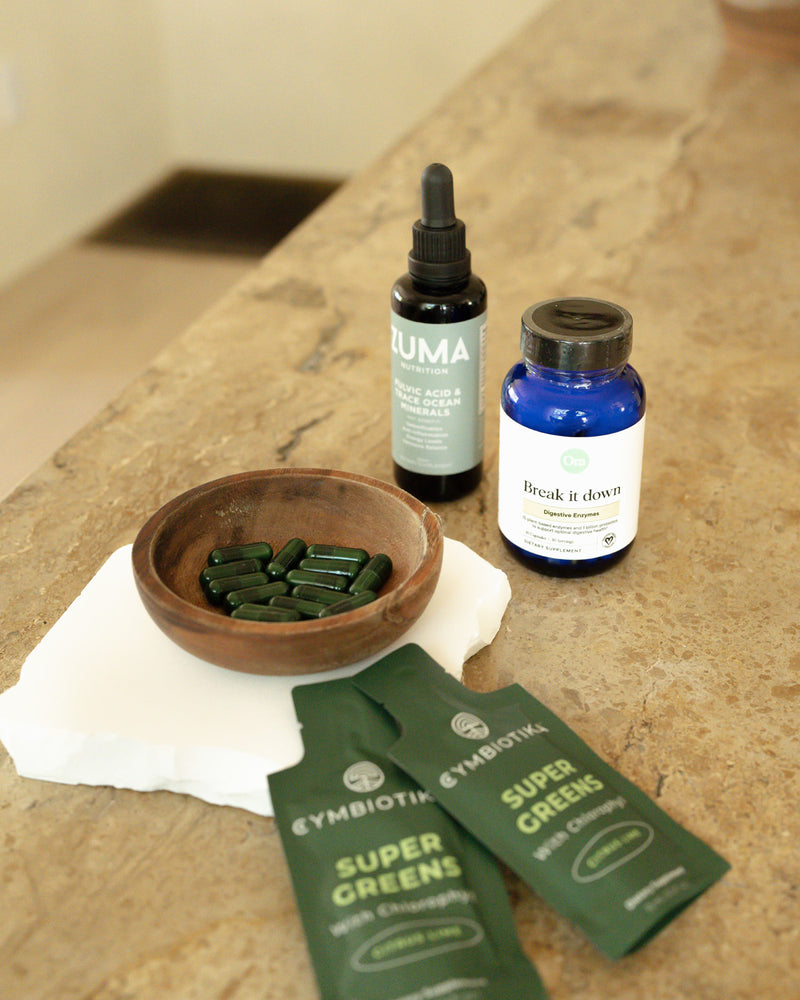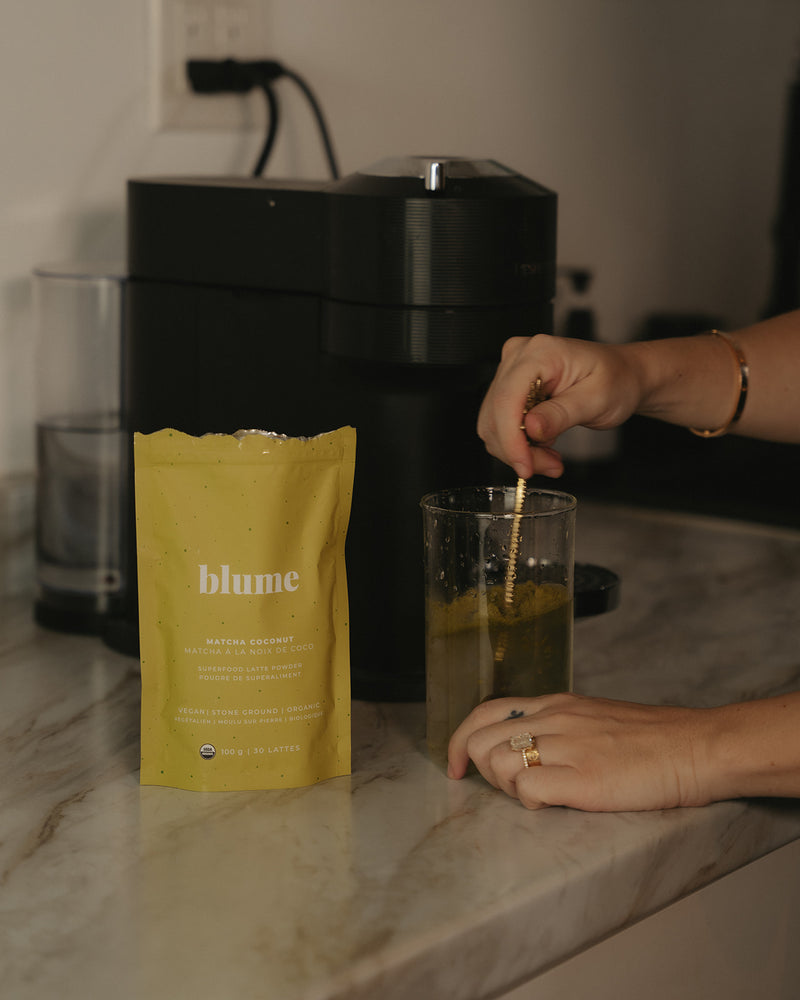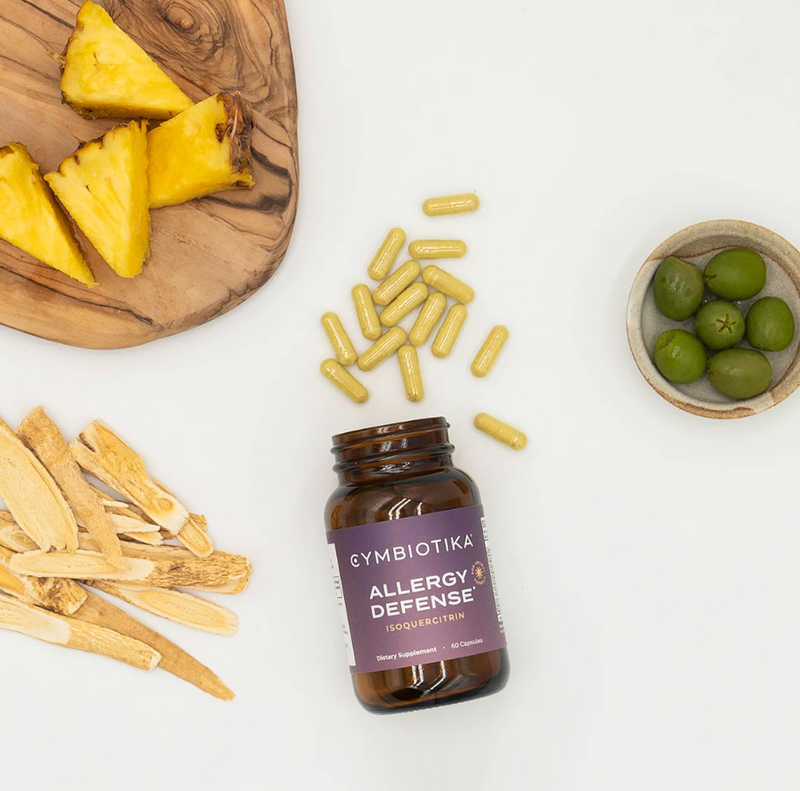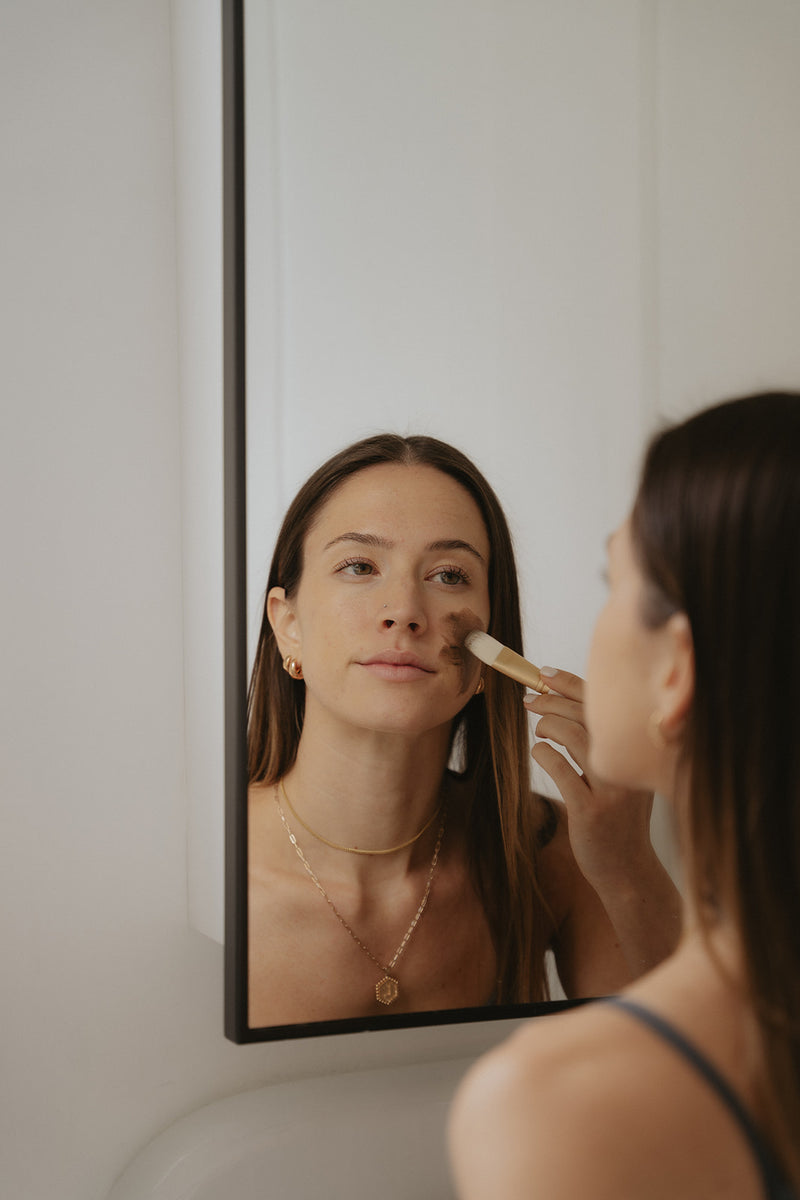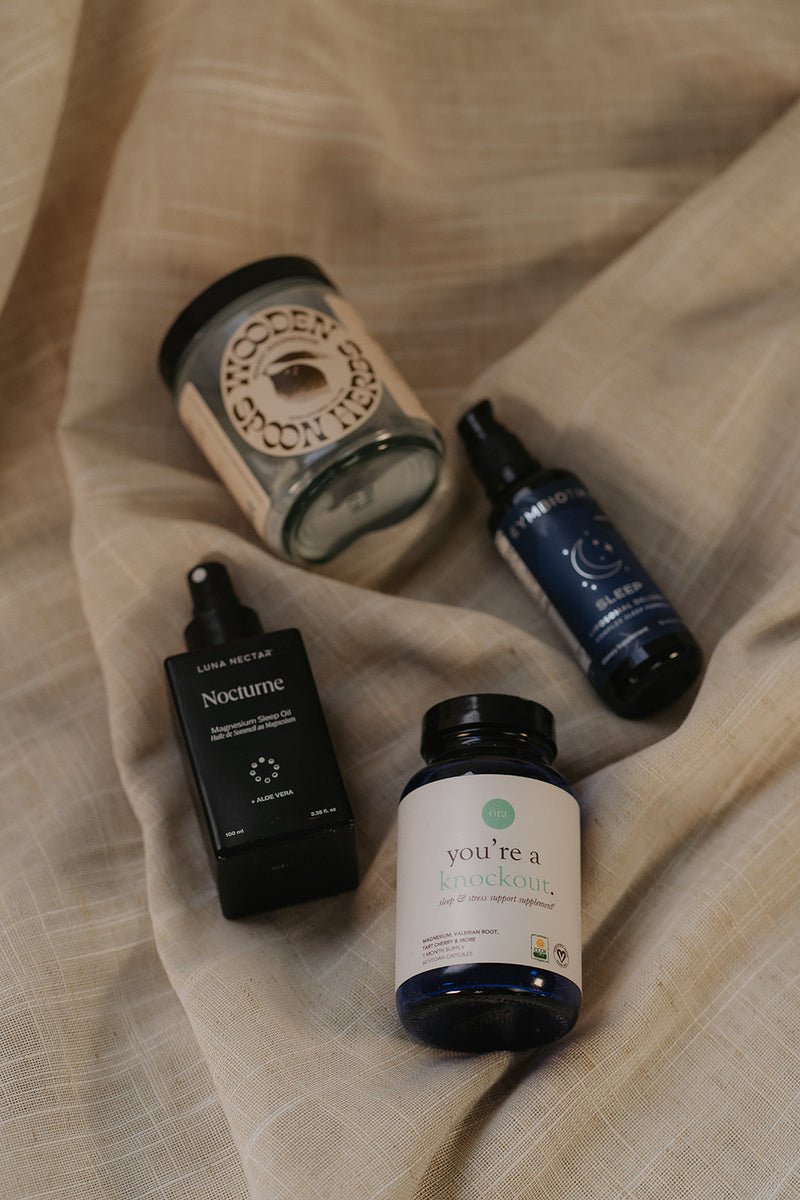We live in a culture today that often equates intensity with effectiveness. This is especially true when it comes to exercise.
We’re told that pushing ourselves to the limit with high-intensity interval training (HIIT) is the gold standard for burning calories, building fitness, and achieving our health goals.
But what if this “go hard or go home” mentality is actually doing more harm than good by working against your hormonal balance?
While HIIT has its place and benefits, there’s growing awareness about how it impacts our stress hormones, particularly cortisol for women.
For optimal hormone health, especially as women navigating different life stages, it might be time to consider a shift towards more low-intensity stead state (LISS) exercise paired with lower-impact weight training.
Let’s take a look at why this shift may be the best thing for you, and how to make it.
Understanding Cortisol
When you participate in intense exercise like HIIT, your body sees it as a stressor. This triggers the release of cortisol, a key hormone involved in the body’s stress response.
Cortisol plays a vital role in regulating:
-
Blood sugar
-
Blood pressure
-
Inflammation
In small bursts (like during a hard workout), this cortisol release is normal and is good! It helps provide the energy needed to push through.
But, when you do HIIT too often, too intensely, or without giving yourself enough recovery time? It can lead to chronically elevated cortisol levels. And that is not what you want.
This chronic elevation can have a number of negative effects on hormone health. They include:
-
Disrupted menstrual cycles: Elevated cortisol can interfere with the delicate balance of reproductive hormones like estrogen and progesterone. This can lead to irregular periods, missed periods, or worse PMS symptoms.
-
Increased insulin resistance: Chronically high cortisol can impair your body’s insulin sensitivity. This makes it harder for your body to regulate blood sugar. The result? An increase in your risk of type 2 diabetes.
-
Weight gain: Cortisol can promote the storage of visceral fat. This is the dangerous fat around your organs, and its linked to all kinds of health issues.
-
Suppressed immune function: Prolonged high cortisol levels can weaken your immune system, making you more susceptible to getting sick.
-
Mood imbalances: Cortisol interacts with neurotransmitters in the brain and can contribute to anxiety, irritability, and even depression.
Why LISS Is Better For Hormone Health
Low-intensity steady state (LISS) refers to exercises like:
-
Brisk walking
-
Swimming at a moderate pace
-
Cycling on a flat surface
-
Dancing
It involves maintaining a consistent, lower level of exertion for a sustained period of time. Unlike the intense spikes of HIIT, LISS exercises generally don’t trigger the same high cortisol response.
Instead, LISS offers a range of benefits that can actually help your hormone health.
Boosted Insulin Sensitivity
Regular LISS exercise can help improve your body’s response to insulin. This helps you maintain better blood sugar regulation.
Reduced Stress and Cortisol Levels
Participating in fun, low-intensity activities can have a calming effect on the nervous system. In turn, this helps to lower overall stress and cortisol levels.
Enhanced Fat Burning
While HIIT gets the spotlight for its calorie-burning power, LISS exercise performed for a longer period of time is also very effective at burning fat. This is especially true when you do LISS workouts consistently.
Better Recovery
LISS exercise can aid in recovery after more intense workouts. It does this by increasing blood flow and helping to clear out any metabolic byproducts.
Improved Mood
Like all forms of exercise, LISS releases endorphins. These “happy hormones” have mood-boosting effects and can help alleviate feelings of anxiety and depression.
How Low-Impact Weight Training Can Help Hormone Health
LISS focuses on cardiovascular health at a lower intensity. But incorporating low-impact weight training is also key for hormone balance, especially if you’re looking to maintain muscle mass and support metabolic health.
You’re probably wondering how lifting weights can be effective.
Lower-impact weight training uses lighter weights and focuses on proper form and controlled movements. This approach to weight training can still provide significant benefits without overly stressing the body and unnecessarily spiking cortisol.
This type of weight training helps you:
Build and Maintain Muscle Mass
Muscle tissue is metabolically active. This means it burns calories even when you aren’t working out. (Great, right?) Maintaining muscle mass is essential for healthy metabolism and insulin sensitivity.
Support Bone Health
Weight training, even at lower impact, help to increase bone density and reduce the risk of osteoporosis. This becomes more important as we age.
Improve Insulin Sensitivity
SImilar to LISS, weight training can boost your insulin sensitivity. This helps you maintain better blood sugar control.
Balance Hormones
By supporting your overall metabolic health and reducing chronic stress, consistent low-impact weight training can contribute to happier, healthier hormones.
How to Make the Shift From HITT to LISS
Ready to swap some of those HIIT workouts for some LISS ones? Here are some tips on how.
-
Look at your current routine: Take an honest look at how you’re doing your HIIT workouts and how you’re feeling overall. Do you feel fatigued most of the time? Are you having trouble sleeping? Are you experiencing irregular menstrual cycles? These could be signs that your body is under too much stress.
-
Gradually reduce HIIT: You don’t have to stop HIIT cold turkey if you enjoy it. Start by cutting back on the number of HIIT sessions per week and replacing them with LISS activities.
For example, if you’re currently doing three HIIT workouts a week, try reducing it to one or two and adding in a couple of longer walks or bike rides.
-
Find LISS activities you enjoy: The key to consistency is finding LISS activities that you like. Experiment with different things like swimming, dancing, hiking, yoga, PIlates, or even just long, brisk walks.
-
Incorporate lower-impact weight training: Aim for 2-3 weight training sessions per week. During them, focus on proper form and use weights that challenge you without causing excessive strain. Bodyweight exercises, resistance bands, and lighter dumbbells will be your best friend.
-
Listen to your body: Pay close attention to how your body responds to the changes. Adjust your exercise routine based on your energy levels, sleep quality, and overall health. Don’t push through pain or fatigue!
-
Prioritize recovery: Regardless of the type of exercise you’re doing, you need to get enough rest. You also need to nourish your body with a balanced diet.
-
Talk to a doctor: If you have specific hormone concerns or are unsure how to make workout changes effectively, talk to a doctor or even a certified fitness trainer who specializes in women’s hormone health.
Intense workouts may seem like the best option, especially if you’re looking to reduce fat or burn off some stress. However, those HIIT workouts may be making those concerns even worse. Prioritizing hormone health often requires a more balanced and mindful approach to working out.
By incorporating more LISS activities and lower-impact weight training into your routine, you can support your body’s natural hormonal rhythms. This can help reduce stress and improve your overall health. It’s not always about pushing harder, but rather listening to what your body needs to feel its best.

